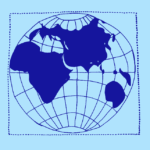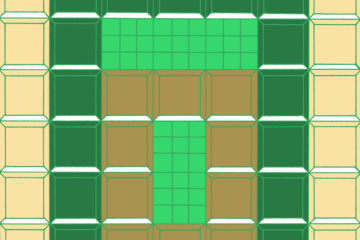Global Design
 Spring is a time for change. Not only do we throw open our doors and clean house, but all over the northern hemisphere we are taking the time to bond with our neighbors and friends after a harsh winter. Our community building can lead to political change as we decide to address various issues together. It is for this simple reason that spring is a good time to think globally, not just domestically. Larger changes do affect us, whether we realize it or not. From product shortages and available goods to technological innovation, global change is in our grocery store and our clothing store every day. When it comes to design, this is a good time to experiment with these concepts.
Spring is a time for change. Not only do we throw open our doors and clean house, but all over the northern hemisphere we are taking the time to bond with our neighbors and friends after a harsh winter. Our community building can lead to political change as we decide to address various issues together. It is for this simple reason that spring is a good time to think globally, not just domestically. Larger changes do affect us, whether we realize it or not. From product shortages and available goods to technological innovation, global change is in our grocery store and our clothing store every day. When it comes to design, this is a good time to experiment with these concepts.
As artists, we need to interpret what we are seeing and feeling around us, which makes spring themes come out of our pens and tablets naturally this time of year. A good challenge for us right now is to not think just about housewares and flowers, but to pick up on global vibes. Try out a new ethnic flavor by remembering your cultural heritage or researching those that interest you. Try taking your favorite design and making it look like it’s from a different culture. Look at the changes happening in your world and experiment with these concepts. Work your favorite causes into designs. With Earth Day approaching (April 22), it can’t hurt to give some thought to the idea of a day where someone in most countries is thinking about the world as a whole. How can you leave your mark? There are between 193 (the number of countries participating in the UN) and 250 countries on earth. That’s lots of scope for the imagination.
But we shouldn’t just think globally in our designs, we should try to think how different cultures use fabric. From Asian countries who layer multitudes of brightly colored thin fabrics to heavy woolens woven in Belarus to Amish girls in their summer calicoes, there is a lot to be said in considering the end product of your design. The size, finish, weight, and repeat–all of these are better designed when you consider their end use. Perhaps there are new markets you could discover with a little research. When you think globally, who knows what interesting things may result?

